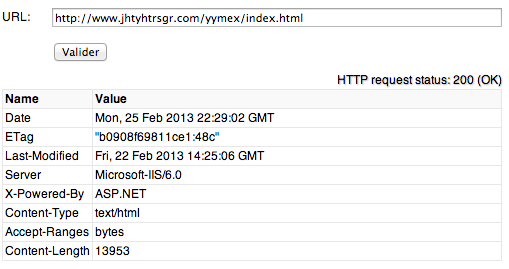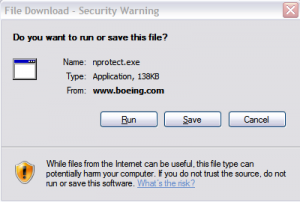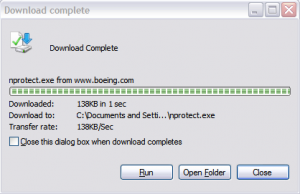If you are working in computer security and still don’t have heard about the latest Adobe Flash 0days, aka CVE-2013-0633 and CVE-2013-0634, then you should change of job ! These vulnerabilities were found exploited in targeted attacks through spear phishing email messages targeting several industries including the aerospace one.
One of the e-email attached Word document was using the 2013 IEEE Aerospace Conference schedule, and another reported sample was related to online payroll system of ADP US company, to exploit CVE-2013-0633. I wrote a complete blog post regarding this campaign 2 weeks ago.
Adobe fixed the vulnerabilities in APSB13-04 the 7 February, but the vulnerabilities were not found massively exploited in Exploit Kits. Also there was a confusion, by anti-virus vendors and security researchers, regarding CVE-2013-0633 and CVE-2013-0634 detection. But as mentioned in Adobe APSB13-04 CVE-2013-0633 was only exploited by been embedded in Word documents and CVE-2013-0634 was exploited through HTML web pages and by been embedded in Word documents.
So as nobody as seen CVE-2013-0633 working outside a Word document, I will suppose that the vulnerability I discovered exploited in Gong Da exploit kit is potentially a fork of CVE-2013-0633 or could be CVE-2013-0634. Colleagues, you are welcome for comments 🙂
Here is the new code in Gong Da exploit kit.
If you take a look at the ActionScript of “myrF03.swf” (506fe8f82ea151959c5160bc40da25b5) you will see some similarities with CVE-2013-0633, like the “ByteArrayAsset” mentioned by MalwareMustDie, or the well-known “LadyBoyle” function.
This new version was discovered on “hxxp://www.jhtyhtrsgr.com/yymex/index.html” a web site how is actually still online.
“jhtyhtrsgr.com” is hosted on 69.197.61.29, in US and this domain name was created the 22 Feb 2013 with registration informations located in China and the following contact “jing yan ([email protected]) – GuangMing yanjing“.
The “index.html” file containing JavaScript code obfuscated by “JSXX VIP JS Obfuscator“, but traditional traces if this obfuscator are no more available.
After de-obfuscation of the “index.html” file you can see that Gong Da Pack has involve to the following diagram.
Here under some information s regarding the different files:
- vQSopE2.jpg (aka CVE-2011-3544) : 10/46 on VirusTotal.com
- ulxzBc7.jpg (aka CVE-2012-0507) : 11/45 on VirusTotal.com
- MQnA3.jpg (aka CVE-2012-1723) : 18/46 on VirusTotal.com
- eATBNfg1.jpg (aka CVE-2012-4681) : 29/46 on VirusTotal.com
- tkPfaMz7.jpg (aka CVE-2012-5076) : 14/46 on VirusTotal.com
- iOiezo6.jpg (aka CVE-2013-0422): 19/46 on VirusTotal.com
- YPVTz8.html (aka CVE-2012-1889): 14/46 on VirusTotal.com
- vQSopE2.html (aka CVE-2012-1889): 12/46 on VirusTotal.com
- myrFO3.swf (aka a fork of
CVE-2013-0633CVE-2013-0634): 8/46 on VirusTotal.com
Here under a demonstration video of CVE-2013-0633 CVE-2013-0634 without been embeded in a Word document.
Updates:
After investigation from @unixfreaxjp, it seem that the exploited vulnerability is CVE-2013-0634 and not CVE-2013-0633.










